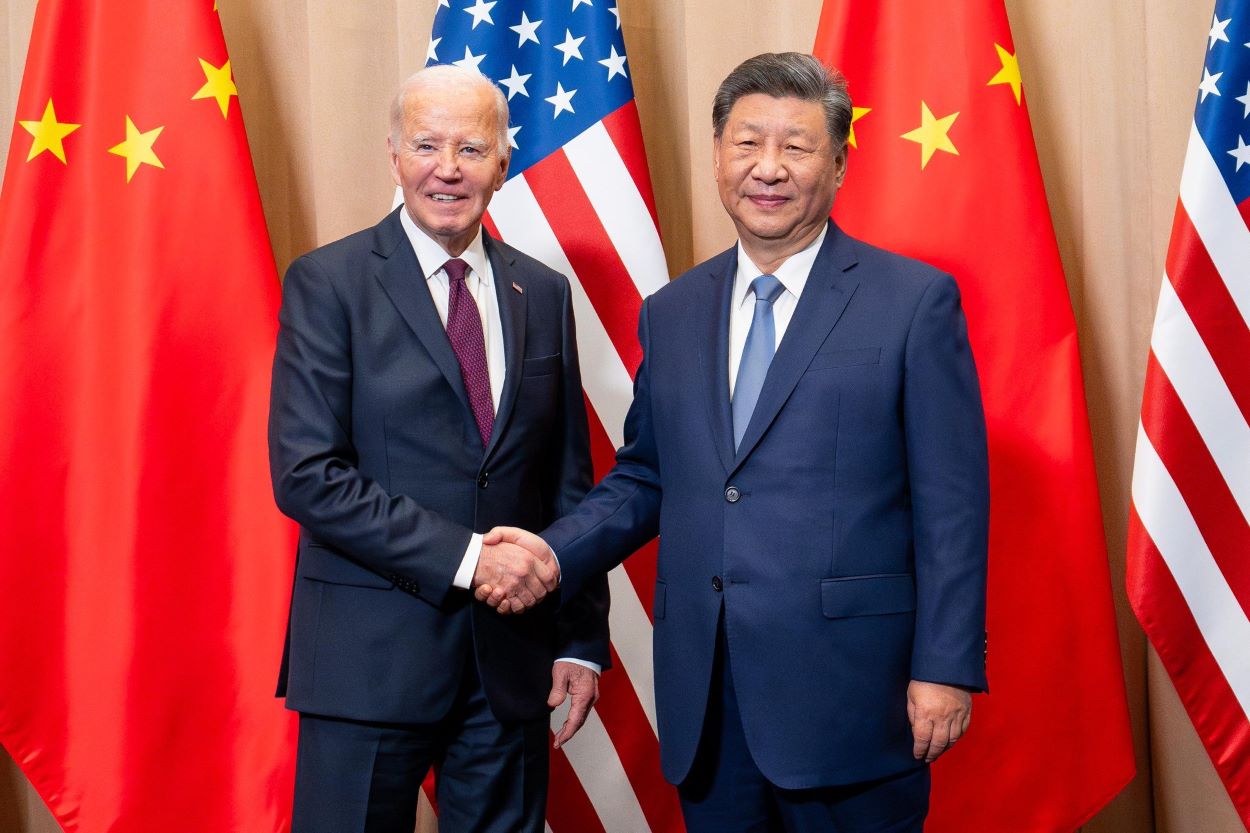China and Japan in the Americas
China and Japan in the Americas
As Japan confronts China on the global stage, it can shift its strategy in Latin America, writes COA’s Eric Farnsworth for China-US Focus.
China’s entry into the Americas is arguably the most consequential regional development in the past decade. It has drawn significant commentary and analysis, and promises to be a continuing feature of the inter-American conversation for the foreseeable future. But China is not the only Asian nation with interests in the Americas. Indeed, for many years Japan – not China – was at the center of the pan-Pacific conversation; China’s activities were barely noted beyond a quest for political recognition vis-à-vis Taiwan. Over the past 10 years, China has overtaken Japan with an aggressive push into the Americas but Japan maintains interests which it is now seeking to strengthen.
Latin America’s growth over the past decade has transformed the region. Poverty has been cut, the middle class is growing, and economies are generally strong and well-managed. China has clearly seen and benefitted from these trends: its trade with Brazil is already five times that between Japan and Brazil, and China is also the top trade partner of Chile and Peru, and the second largest with Argentina. Chinese growth has slowed but its commodities-based relations with Latin America and the Caribbean will continue to be strong given Beijing’s goal of maintaining growth between seven and eight percent for the next several years. Additionally, China became a net capital exporter for the first time in 2014, and is aggressively looking abroad for investment opportunities. For its part, Brazil’s expanding political and economic ambitions have contributed to a Brasilia-Beijing axis within the BRICS grouping, giving China’s activities in the Americas a strategic political dimension with potential implications for Japan.
Japan’s modern interests in the Americas pre-date China’s, due to historical migration patterns in the 1800’s and a boom in direct foreign investment after World War II when traditional avenues of Japanese investment in Asia were foreclosed. The nation’s interests have primarily been economic, and Tokyo’s activities have generally been seen as complimentary to Washington’s, supporting the economic development agenda even while pursuing commercial gains. Rarely does Japan get involved in political issues, preferring to work in consortia and syndications with local and foreign public and private entities. From time to time Japan’s profile in the Americas does get raised, for example during the 1997 hostage crisis in the Japanese embassy in Peru or when Peruvian President Alberto Fujimori fled to Japan in 2000. But these are the exceptions, and for the most part Japan has been content to build its relations quietly and methodically.
Now, as Prime Minister Shinzo Abe attempts to reflate the Japanese economy through outward engagement and “Abenomics” takes hold, there are indications that Japan is re-awakening to the hemisphere. In August, Abe traveled to Brazil, Chile, Colombia, and Mexico, and met with leaders of the Caribbean community in Trinidad and Tobago. It was the first visit to the region in a decade by a Japanese Prime Minister. (The trip followed hard on the heels of a similar tour by Chinese President Xi Jinping; in contrast, the second visit of the Chinese leader to the region in 13 months). The timing of the trip was seemingly driven by a number of factors, including Japan’s desire to gain a rotating seat on the UN Security Council. It was also a means to build strategic trade relationships with the hemisphere including free trade partner Mexico, to consult with Trans-Pacific Partnership trade agreement negotiation partners, and to take stock of the Pacific Alliance, to which Japan is an observer. And, given Japan’s need to import virtually all the hydrocarbons it consumes, along with continued instability in the Middle East from where Japan has traditionally procured most of its needs and growing proven reserves in the Western Hemisphere, the trip also served to further Japan’s strategic energy interests. This was particularly true in Mexico, which has just passed constitutional reforms to open the long-protected energy sector.
As Japan confronts a newly assertive China in Southeast Asia and also watches as China continues to build its global economic relations including the Western Hemisphere, there is now an opportunity for Japan to re-imagine its interests with the region, both symbolically and substantively. Indeed, at the outset of Abe’s keynote remarks in Sao Paulo, he publically resolved that, “Japanese prime ministers and other ministers will visit Brazil and other countries of Latin America and the Caribbean with increased frequency.” Abe also proposed a new strategy with Latin America and the Caribbean based on three guiding principles. They include growing together economically, through trade and investment and best practices in labor relations; leading together in areas such as trade agreements, global climate change, and disaster relief supported by the extra-territorial deployment of the Japanese Self Defense Forces; and inspiring a new generation through education, exploration, and exchange. He also referred repeatedly during the trip to international respect for the rule of law.
Assuming implementation of this new strategy follows, it is nothing less than the framework for a new relationship between Japan and those nations of the Americas that share the values of democracy and open markets. It is also an indirect challenge to China, highlighting the different values that Japan promotes while suggesting broader relations with nations of the Americas than the platform of commodities trade that has generally characterized China’s relations.
Japan is competing with China in the Americas not on size or strength—which it cannot do at this point in history—but on values and a shared vision for the future. It is a clever gambit, and one that will be thoroughly interesting to watch as it develops in the weeks and months to come.








